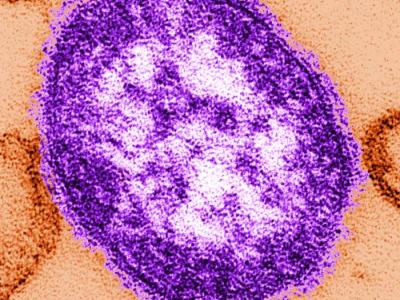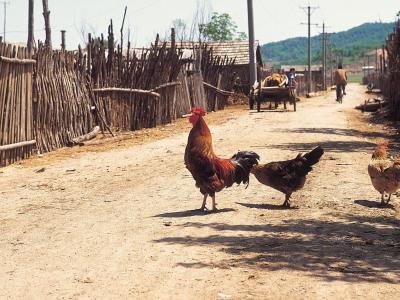Sep 6, 2011
Colorado sees flurry of Listeria cases, warns public
Colorado has seen an unusual surge of Listeria monocytogenes infections in recent weeks, with 9 cases reported during August, including 7 since Aug 29, with 2 deaths, the Colorado Department of Public Health and Environment (CDPHE) reported on Sep 2. In the previous 11 years the state had an average of only two Listeria cases in August. All nine of the recent patients were hospitalized, the CDPHE said. They range in age from the 30s to the 90s, but most are older women. The source of the outbreak is not yet known. "Until we have more information about the sources of this outbreak, it is important for people to follow the standard CDC [US Centers for Disease Control and Prevention] guidance about Listeria," Alicia Cronquist, a CDPHE epidemiologist, said in the press release. People at high risk for infection include those with weak immune systems, pregnant women, and those older than 60. Cronquist said they can decrease their risk by avoiding hot dogs and deli meats unless reheated to 165ºF, refrigerated pate or meat spreads, refrigerated smoked seafood, and soft cheeses unless they are made with pasteurized milk.
Sep 2 CDPHE press release
US consumers handling food more safely but score low in safe consumption
US consumers' practices related to safe food handling improved significantly over the past 4 years after an 8-year plateau, although risky food consumption increased slightly, according to a study in the Journal of Food Protection. Researchers from the US Food and Drug Administration and the University of Maine School of Economics analyzed data from food safety surveys conducted in 1988, 1993, 2001, 2006, and 2010 about food handling (cross-contamination prevention), risky consumption (eating raw or undercooked foods from animals), and perceived risk of foodborne disease. Surveys were conducted by phone with 1,620 to 4,547 participants, with the most recent three surveys all involving more than 4,400 participants. The researchers found that the safe-food-handling index for meat, chicken, and eggs was 0.12 in 1988, and then increased slightly over the ensuing surveys to 0.84, 0.90, and 0.93 before jumping to 1.24 in 2010 (possible range, -3 to 3, with "3" being safest). For fish cross-contamination the indices were 0.61, 0.81. 0.75, 0.61, and 0.75, respectively (range, -2 to 2). For risky food consumption the indices dropped a bit over the most recent four surveys: 3.91, 4.22, 4.10, 4.02, and 3.94 (range, 0-5). Risk-perception indices stayed fairly stable over the last two surveys after dropping in previous surveys. They were 0.78, 1.08, 1.05, 0.72, and 0.75, respectively, over the five surveys (range, 0-3). The team found that women had safer food handling and consumption practices than men, and that the oldest and youngest respondents and those with the highest education had the riskiest food-handling behaviors.
September J Food Prot abstract


















